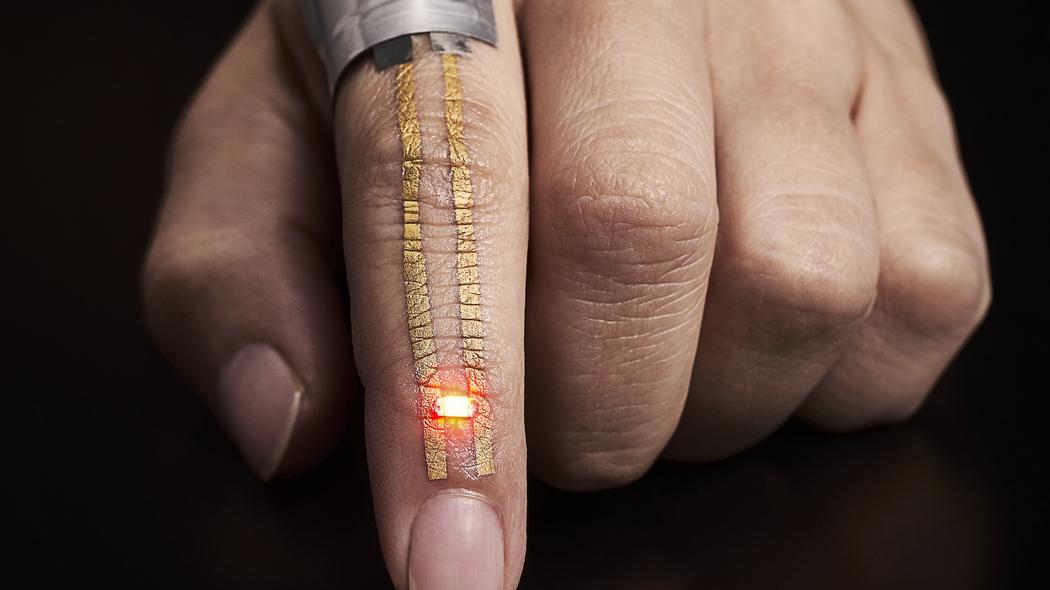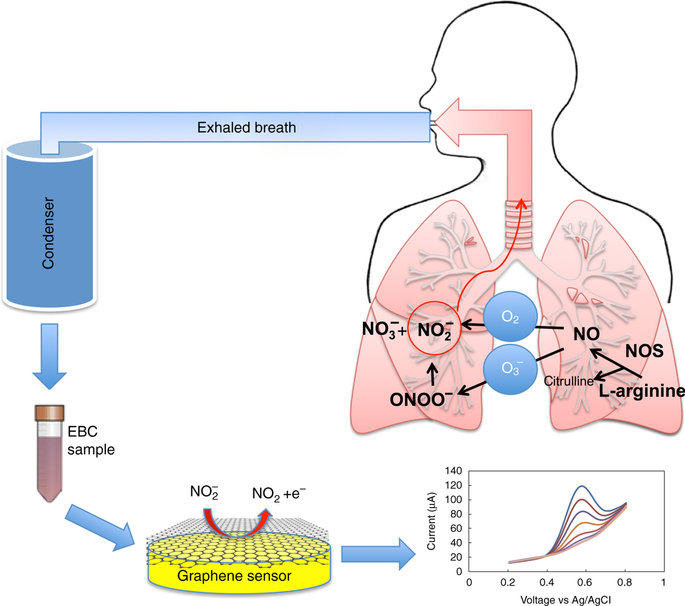Heibei University, Tianjin Hospital, Beihang University, and Penn State researchers have developed an under nose-worn, stretchable, skin-friendly, waterproof sensor to analyze breath for health monitoring. It could be use for multiple-condition screening, asthma and COPD management,...
Wearables
Sensors + algorithm quantify, analyze body movement to optimize exercise/treatment
FIGUR8 has commercialized MGH/MIT Media Lab research to create a sensor and algorithm to measure and track body movement as a biomarker. The wearable creates a movement baseline, diagnoses dysfunction, identifies injury risk, optimizes...
Printed stickers, stretchable antennas, fluctuation-resistant RFID for continuous whole-body monitoring
Zhenan Bao‘s adhesive, unobtrusive wearables continue to change the way health is monitored. Her new BodyNet system tracks pulse, respiration, and other physiological signs using small, screen printed stickers around the body, and a...
Small ultrasound patch detects heart disease early
Sheng Xu, Brady Huang, and UCSD colleagues have developed a small, wearable ultrasound patch that monitors blood pressure in arteries up to 4 centimeters under the skin. It is meant to detect cardiovascular problems...
Wrist wearable measures blood counts, bacteria, air particles
Rutgers scientists Mehdi Javanmard and Abbas Furniturewalla have developed a wrist wearable that can count particles, including blood cells, bacteria, and organic or inorganic air particles. Red blood cell counts can indicate internal bleeding. High or...
Wearable, high resolution, continuous opto-electronic monitoring
MRI, disrupted. Mary Lou Jepsen’s background in consumer electronics, computers, TV, VR, wearables, healthcare and software at Google x, Facebook, and Oculus has led to the creation of Openwater — a company that will...
Hypoallergenic, continuous, week-long health wearable
University of Tokyo professor Takao Someya has developed a hypoallergenic, adhesive, continuous health sensor. The device can be worn comfortably for a week because of its nanoscal mesh elastic electrodes. This allows the skin...
Adhesive patch + nose wearable detect sleep apnea
Somnarus has developed a disposable, adhesive patch that detects obstructive sleep apnea at home. The SomnaPatch is worn on the forehead, wth an addtional piece on the nose. It records nasal pressure, blood oxygen...
Graphene sensor detects asthma attacks early
Azam Gholizadeh, Clifford Weisel, and Rutgers colleagues have created a graphene sensor for early molecular diagnosis of asthma attacks. The goal is the development of wearables that will alert users to take medicine, as...
Ear sensor reportedly measures blood pressure, dehydration
As health sensors become more discreet, and fused with commonly worn devices, Kyocera has integrated a tiny, optical sensor into its earbud. The hybrid music/phone/health use wearable measures blood flow in hypodermal tissues using...









